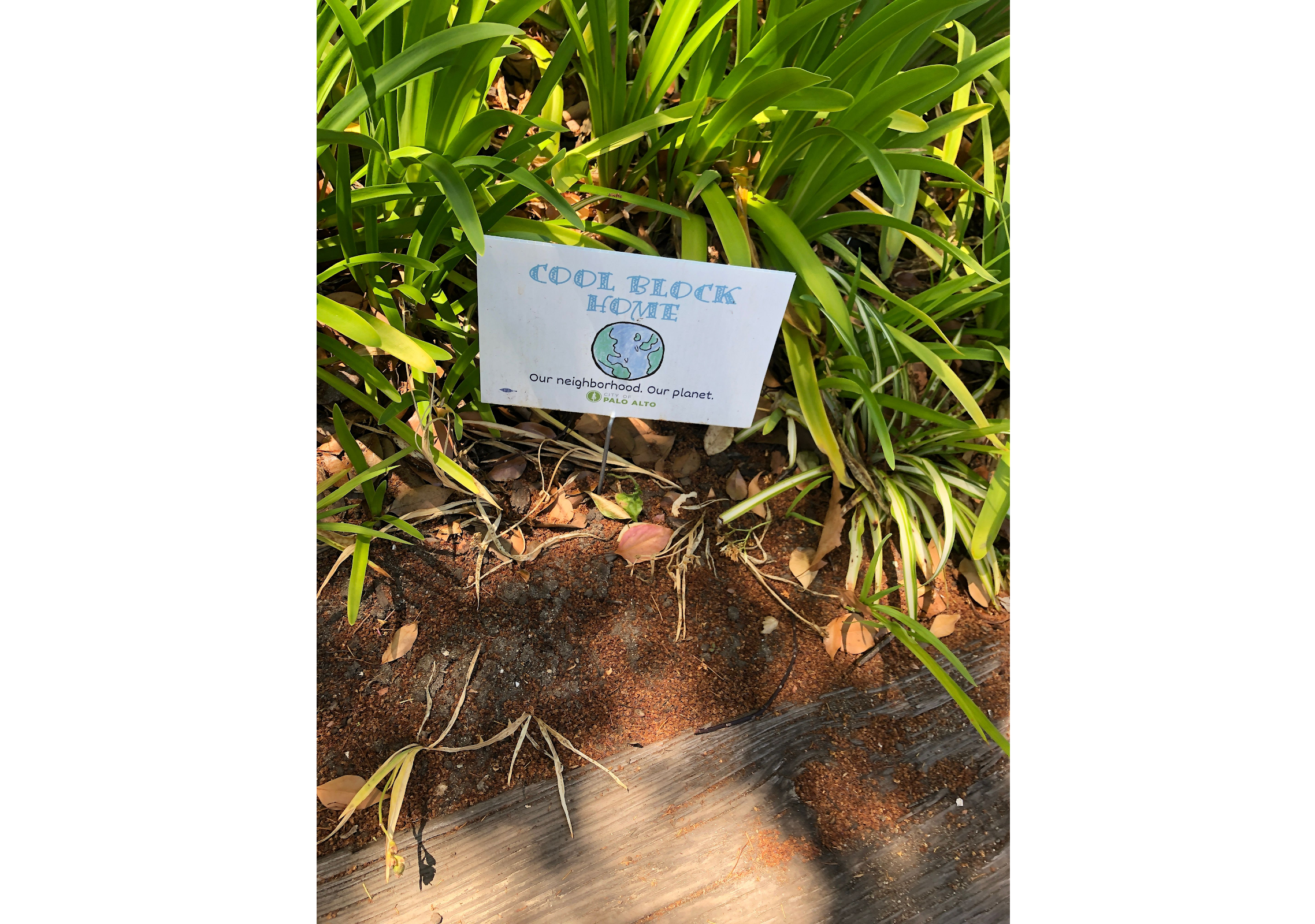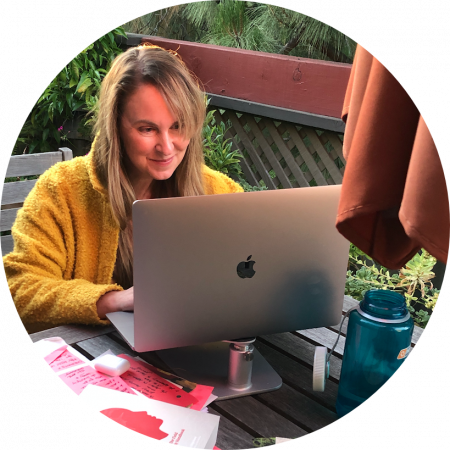Nicole Ardoin is the Sykes Family Director of the Emmett Interdisciplinary Program in Environment and Resources (E-IPER) in the School of Earth, Energy, and Environmental Sciences. She is a GSE Associate Professor and a Senior Fellow in the Woods Institute for the Environment.
Key points
- Expand your virtual learning environment by using the offline, outside world to complement the online, digital world
- Build in analog efforts as part of the class, whether that’s encouraging walking outside, journaling with pen and paper, or even just sitting quietly for a short five-minute observation-and-meditation
- Don’t be afraid to try new things and solicit ideas from students, like using podcasts or software as part of the course
In light of the shift to online, what was going to change for EDUC 379 course, Moral, Civic, and Environmental Education? What has been successful?
I typically teach three-hour courses, and I think it’s important to “chunk” longer classes, because no one wants to be sitting for three hours. This is especially true on Zoom, so that was something our teaching team thought about from the start of the quarter. This is also the first time I’m co-teaching with Bill (William Damon, Education and Stanford Center on Adolescence), and we have fairly different, but complementary, teaching styles. What has worked well for us is creating structure but also having a lot of flexibility. This subject matter really depends on using the world around you. So, we think of the chunks as part-lecture — Bill is an incredible lecturer — part-discussion and part-immersive.
What has worked well for us is creating structure but also having a lot of flexibility.
We always build in opportunities for student choice and voice. Nearly every week, a third of class time is filled with students sharing about the weekly topic, whether it is a short presentation or other active engagement. They are very creative, using everything from simple breakout rooms to game-inspired challenges. It’s been important, whenever possible, for the students to be out, looking at, discussing, or experiencing things — doing something active. That is the part of the format that has been really important to preserve while online.
It sounds like the crux for you has been balancing structure and flexibility. Why is student choice within assignments, and creating that flexibility, so important for this course?
What I love about this course is that anything around you can spark ideas about the intersection of civic and environmental education. One of our first assignments was for students to go out wherever they’re currently living and bring back to class examples of where they saw the intersection of civic and environmental action around them. We have one student who is from a small city in China — which is still larger than many U.S. cities! — and she created a fascinating video to share with the class. It highlights things like bike-shares and recycling that could be seen steps from her apartment building. On the other end, we had students who are living right here on campus, and they shared great photos, too.
One of our first assignments was for students to go out wherever they’re currently living and bring back to class examples of where they saw the intersection of civic and environmental action around them.
What I loved is that you could be anywhere to do this and spark ideas around the intersection of these topics, which is exactly what happened in our class break-out discussions. We had different people with really different ideas, and it just shows that our students are so creative. We all have so much to learn from one another. It doesn’t take much scaffolding and there are a lot of high-tech options, but what I consider the low-tech options work just as well, too!

In thinking about scaffolding and student options, or anything else, what are some of the things that you know now that you wish you would have known at the start?
First, Zoom exhaustion is real! Second, I think the scaffolding and student options go hand-in-hand with the range of tools and software that are available to us. Before this quarter, I had no idea about some of these things like Mural, Online Town, or Padlet. I wish I would have been braver and bolder about trying new things earlier on, but since the quarter moves so quickly, it’s hard to fit everything in at once. At the same time, it’s easy to get caught up in trying fun, new technologies and forget how important it is to build in non-screen time. Part of my teaching philosophy overall is to emphasize reflection. Yet reflection takes time and space, so I’ve realized how much I appreciate the ‘analog’ aspects of teaching and learning.
It’s easy to get caught up in trying fun, new technologies and forget how important it is to build in non-screen time.
Every couple of classes, we’ll build in an opportunity that requires the students to turn off their cameras and mics, step outside and away from their screens for 10 or 20 minutes, and pick up a pen and paper to journal and reflect on their experience and the world around them. For the most part, the students really respond to the push for ‘analog’ and seem to enjoy that as part of the learning experience — just as they’ve enjoyed bringing new tech tools into our discussions, as well.
I love this idea that virtual learning does not occur exclusively in the virtual world. What is one thing you would recommend to your colleagues to try in their online courses?
We shared a list of podcast episodes with the students, and they can choose whichever one(s) speaks to them or seems interesting. The topics can seem wild or totally different or disconnected from each other or the content, but I have in my mind different ways that they relate — I’m curious to see where and how the students make connections. So, we’ll take a break from Zoom, and we encourage them to listen to the podcast while walking outside or, at the very least, sitting somewhere different. Then we come back to class to discuss — either in breakout rooms or as a bigger group, because the pre-reflection helps ensure that everyone’s voice is heard.

In this class, everyone brought back a thought or idea or connection on a sticky note, index card, or piece of paper, and we discussed all the possible ideas together. I’m always so impressed by the creativity, intelligence, and uniqueness that our students bring to these conversations.
